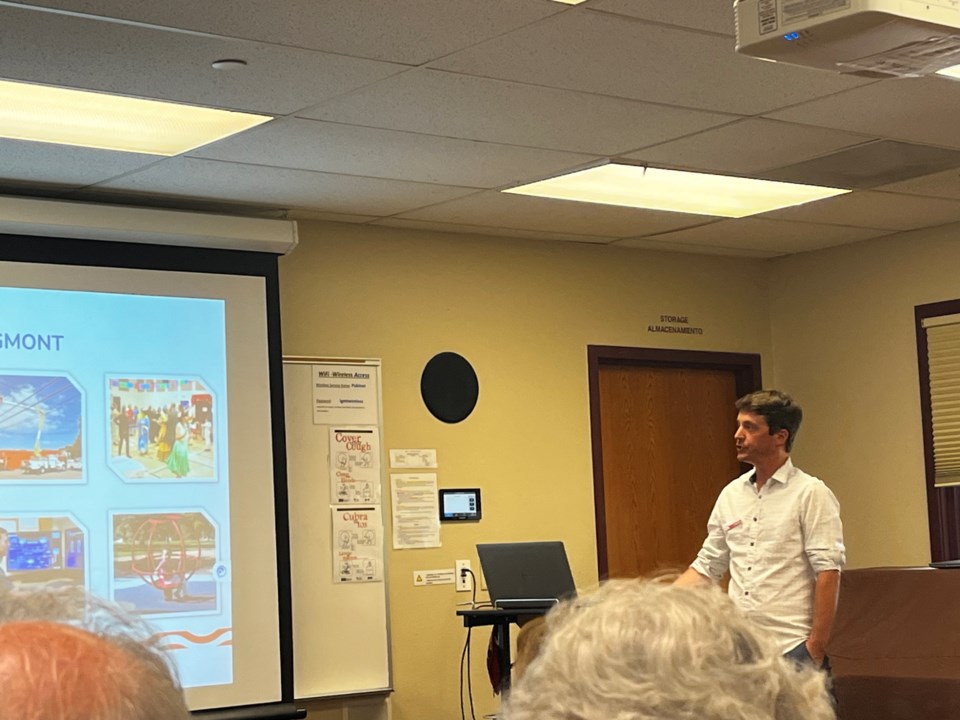The city of Longmont’s sustainability team hosts educational and outreach events several times a year. On Wednesday, the group discussed air quality, extreme heat and how to stay healthy in both.
Zak Lance, sustainability coordinator for the city of Longmont, spoke of two different types of air quality, indoor and outdoor. Both types of air quality have a “big impact on our health and well being,” Lance said.
There are several things that can impact indoor air quality, including carbon monoxide, radon, pet dander, particulate matter, tobacco smoke, mold and asbestos to name a few.
Outdoor air quality fluctuates in Colorado. Most recently the state experienced several poor air quality days due to smoke from wildfires in Canada drifting south. Recent rain and cooler days has allowed the state to maintain good air quality days.
However, summer is coming and with it more bad air quality days. Summer brings warmer weather and even extreme temperature days. In Longmont, an extreme temperature day is any day when the temperature rises above 90F, Lance said.
These extreme temperature days can cause more pollution because people tend to use more energy to cool their homes and ozone numbers climb.
“Ground-level ozone is a serious one and we are not in compliance with EPA standards here in Colorado,” said Jane Turner, air quality and oil and gas program manager.
Ozone is one of several air pollutants that the Environmental Protection Agency monitors. It is often invisible and can mislead people with health vulnerabilities into believing the day is nice even though the air quality is poor, Turner said.
Particulate matter is another regulated pollutant. This type of pollutant is especially seen when wildfire smoke is present but not always. It can also be produced from combustion. Turner discussed two types of particulate matter PM10 and PM2.5. PM10 is estimated to be the size of a dust particle or ⅕ the size of a human hair. PM2.5 is much smaller — about 1/30 the size of a human hair — and can enter the bloodstream through the lungs.
Some tips for protecting yourself include:
- Check the air quality in your area. Turner suggested airnow.gov or watching the city of Longmont’s data collected at its two air quality monitoring stations.
- Avoid being outdoors when air pollution levels are high or rearrange your schedule to be outdoors in the early hours of the day.
- Replace air filters in air conditioners and furnaces to keep outside pollutants from entering the home.
- Wear an N95 mask to keep particulate matter out.
The city of Longmont is also concerned with protecting residents from air pollution. It uses data from its two air quality monitoring stations to see if it is reducing greenhouse gas emissions. It also uses the data to advocate for change, Turner said.
Studies are also being conducted within the city on electrification and heat mapping throughout town. The city is asking for volunteers to drive a predetermined route through town on July 8. Participants will be given equipment that will actively take the air temperature as the driver completes the route. For those interested in helping please contact the sustainability department by calling 303-651-8416.


.png;w=120;h=80;mode=crop)
